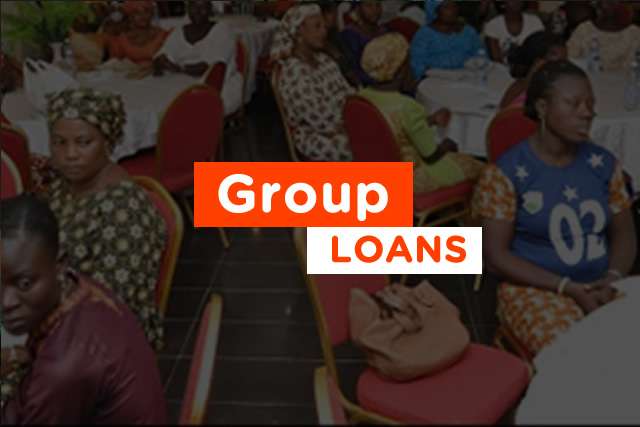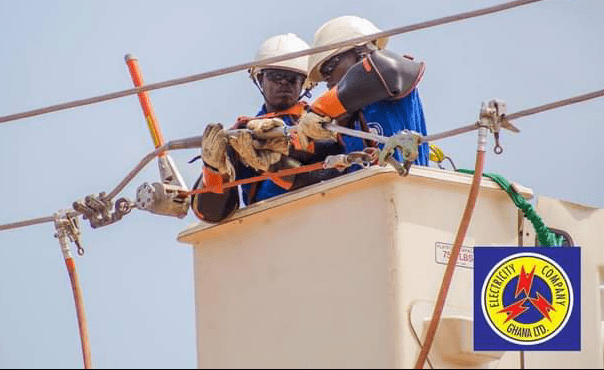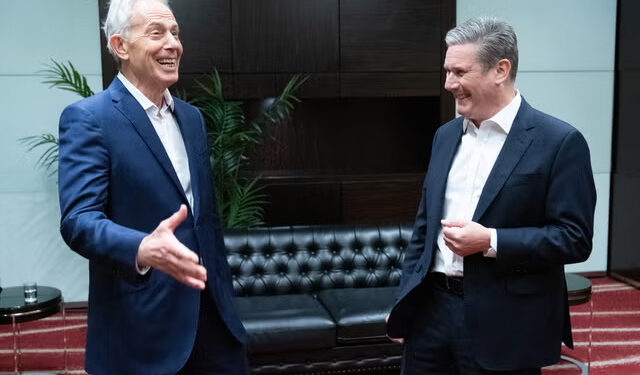Group-based lending has proven over the years to be successful in terms of quality loan portfolio, client’s growth and profits, Rural banks disclosed.
Group-base lending addresses collateral security challenges faced by micro, small, and medium enterprise (MSME) and help minimize the liquidity stress of rural banks.
Additionally, group-based lending, despite its benefits has some challenges such as “inappropriate methodologies, weak group management, multiple borrowing, over-indebtedness,” which have resulted in most cases in high loan default rates.
These demerits inspired the move by the Ghana Association of Rural Banks (ARB) and the GIZ to embark on the three (3) month training section.
GIZ partnered with the ARB to contract the “services of Microfin Consult to build the capacity of directors and management of rural banks in effective group lending practices to improve financial services delivery to MSMEs”.
The training programme for the directors and managers of rural banks, which commenced in July 2021 in Accra, is scheduled to finally end in Winneba by September 17, 2021.
The training session which is expected to equip rural banks on effective group lending practices, has already taken place in Koforidua, Kumasi, Sunyani, Takoradi, and Tamale.
Mrs. Comfort Owusu, the Executive Director of ARB, while addressing the participants at the Kofofidua training, revealed that the “primary objective of the training programme is to build capacity of rural banks for effective Group-Based Lending”.
The Executive Director further disclosed that the training will help to specifically highlight lending policy, monitoring mechanism, growth strategies and best recovery strategies in the event of default.
She further disclosed that the training seeks “to sensitize board of directors of the rural banks on the successes of effective group lending and various funding options on the market for group-based lending”.

Financial system stability
Group lending is a mechanism that permits individuals to secure MSME loans from financial institutions through well-structured groups, she disclosed.
However, the threats posed to financial system stability cannot be overemphasized as most of the rural banks do not have the ideal loan product to diversify their investment portfolio.
Furthermore, ideal group lending will “allow rural banks to scale up lending to MSMEs and as such updated and best practices in group lending will enable rural banks to respond to the contemporary challenges in the microfinance sector”.
In the meantime, there is a sharp contrast between group lending and individual lending practices by rural banks.
Individual lending deals with the provision of credit (loan) to one client and not requesting other individuals to serve as guarantors, but rather base loan eligibility on a client’s risk assessment and cash flow analysis.
By contrast, group lending deals with individuals with low-income levels who cannot afford collateral for loan individually, hence are encouraged to form a group so that they can co-guarantee for one another.
The groups under group lending may consist of five (5) up to a number that is determined by the microfinance institution. Usually, majority of groups in various Micro Finance Institutions (MFIs) range between 5 and 36 members.
READ ALSO: Cryptocurrency likely to crush – European Central banks





















